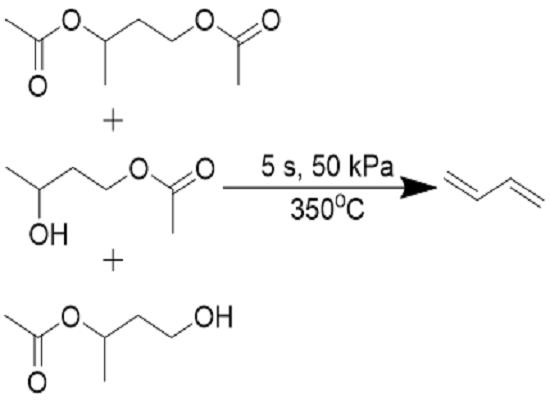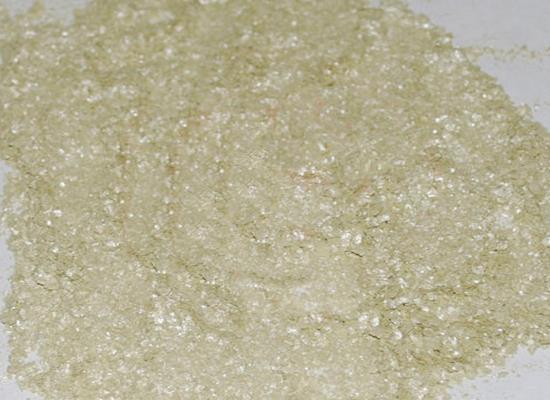Active Pharmaceutical Ingredients (API), popularly speaking, are the raw materials of medicines, only pharmaceutical raw materials are processed into pharmaceutical preparations , can they become medicines available for clinical use, so drugs we usually eat are the finished drugs through processing. Active Pharmaceutical Ingredients based on its sources can be divided into two major categories ,including chemical synthetic drugs and natural chemical drugs. Chemical synthetic drugs can be divided into organic synthetic drugs and inorganic synthetic drugs. Inorganic synthetic drugs are inorganic compounds ( very few is element), such as aluminum hydroxide, magnesium trisilicate which are used for the treatment of gastric and duodenal ulcers ; organic synthetic drugs are mainly composed of drugs made by basic organic chemical raw materials, through a series of organic chemical reactions (such as aspirin, chloramphenicol, caffeine, etc.). Natural chemical drugs ,based on its sources,can be divided into two categories including biochemical drugs and plant chemical drugs. Antibiotics are generally made by the microbial fermentation, which belongs to the biochemistry category. A variety of semi-synthetic antibiotics occurs in recent years,which are biosynthesis and chemical synthesis combining products.Among active Pharmaceutical Ingredients, the organic synthetic drugs varieties, yields and values have the largest proportion,which are the main pillars of the chemical and pharmaceutical industries. The quality of active Pharmaceutical Ingredients decides whether the formulation is good or bad , so its quality standards are very strict ,countries in the world have developed national pharmacopoeia standards and strict quality control methods for its widely used active Pharmaceutical ingredients.
Luteolin: activities and pharmacokinetics
Luteolin is a bioactive flavonoid with anti-inflammatory, anti-cancer properties and pharmacokinetics enhanced by nanotechnology for therapeutic use.
Dec 18,2023 API4-Bromoaniline: synthesis and applications in organic synthesis
4-Bromoaniline is synthesized via N-TBS protection and used in Heck reactions and Mannich reactions for pharmaceutical synthesis.
Dec 18,2023 API1,3-Butadiene: pathogenicity and synthesis
Occupational exposure to 1,3-Butadiene poses cancer and cardiovascular risks, with no safe exposure level, and 1,3-Butadiene is synthesized using high-temperature reactions.
Dec 18,2023 API2,2,6,6-Tetramethylpiperidine: properties, synthesis and applications in organic synthesis
2,2,6,6-Tetramethylpiperidine is a colorless organic base used in deprotonation reactions, synthesized from tetraalkylpyridines, with its derivatives aiding in selective oxidation processes.
Dec 18,2023 APIp-Anisidine: properties, applications and safety
p-Anisidine is used in dyes and drugs. It's a pale yellow solid, melting at 56°C, soluble in organics, but toxic, requiring careful handling.
Dec 18,2023 APIThe Mechanism of Action and Side Effects of Albendazole
Albendazole sulfoxide, the active metabolite of Albendazole, causes selective degeneration of cytoplasmic microtubules in intestinal and tegmental cells of intestinal helminths and larvae.
Dec 15,2023 APIThe benefits and risk of Fish oil
Fish oil provides a concentrated source of the long-chain omega-3 fatty acids eicosapentaenoic acid (EPA) and docosahexaenoic acid (DHA).
Dec 15,2023 API1,2,4,5-Tetrakis-(4-formylphenyl)benzene: properties, applications and synthesis
1,2,4,5-Tetrakis-(4-formylphenyl)benzene is a versatile compound used in COF synthesis. It has a unique structure and reactivity, and can be synthesized with potassium carbonate and 1,4-dioxane.
Dec 15,2023 APISelenium dioxide: properties, applications and safety
Selenium dioxide is a versatile, oxidizing compound used in various industries, but it requires careful handling due to its toxicity and potential health risks.
Dec 15,2023 APIIsovaleraldehyde: properties, metabolism and safety
Isovaleraldehyde is a pungent, colorless liquid metabolized to acid, detoxified by glutathione, CYP450. It is irritating, flammable, and potentially toxic.
Dec 15,2023 API












